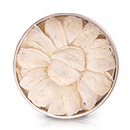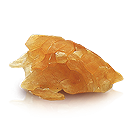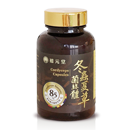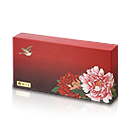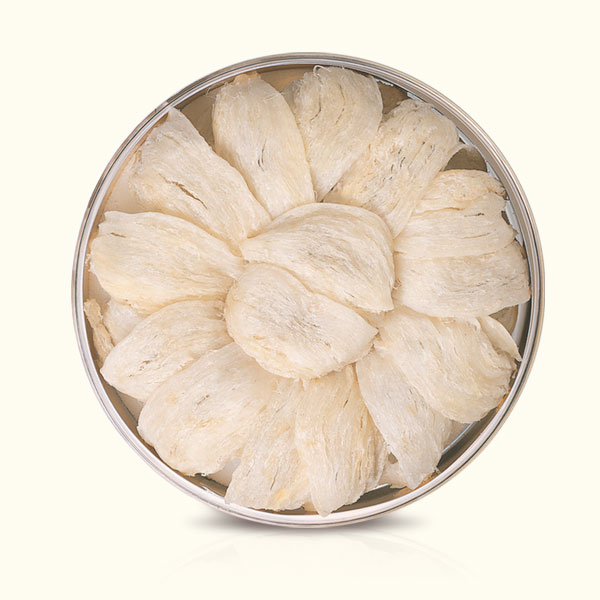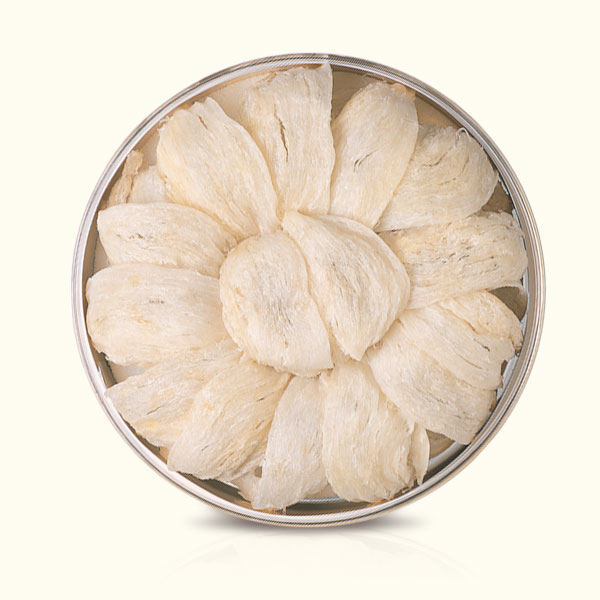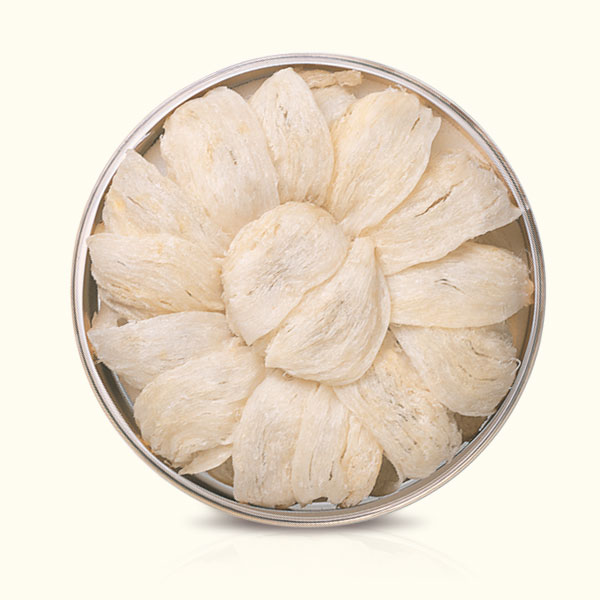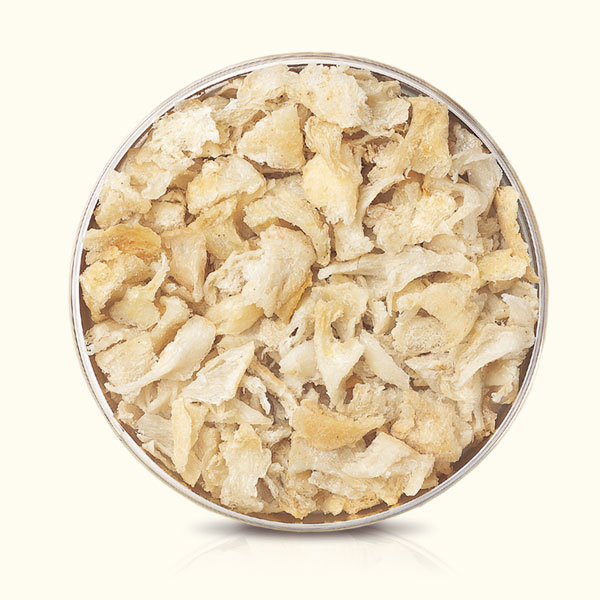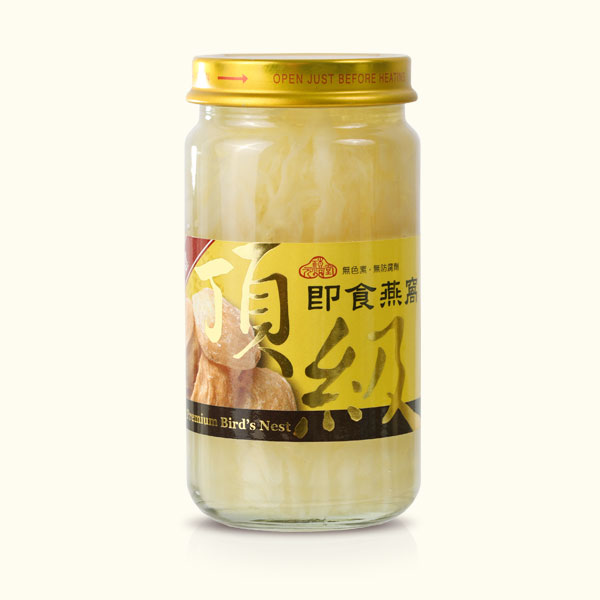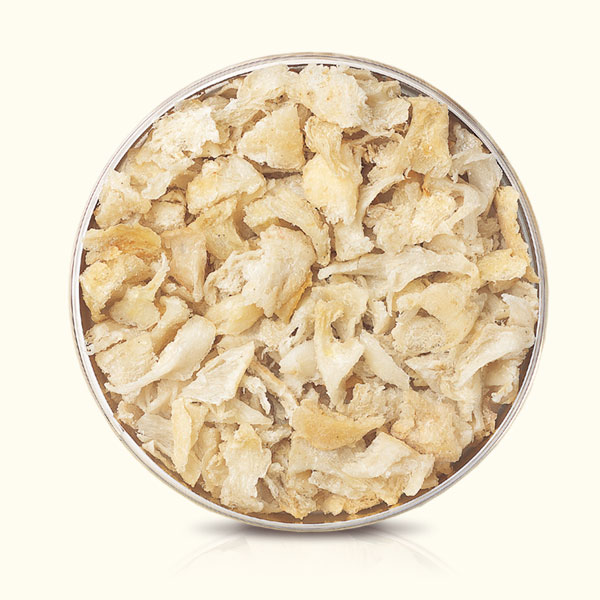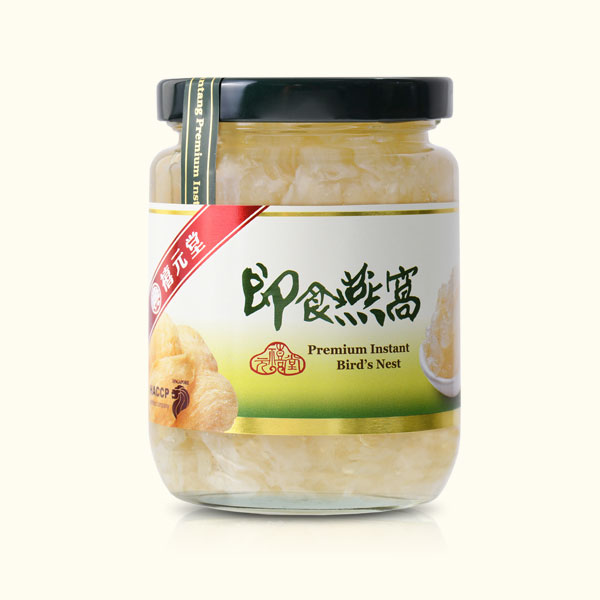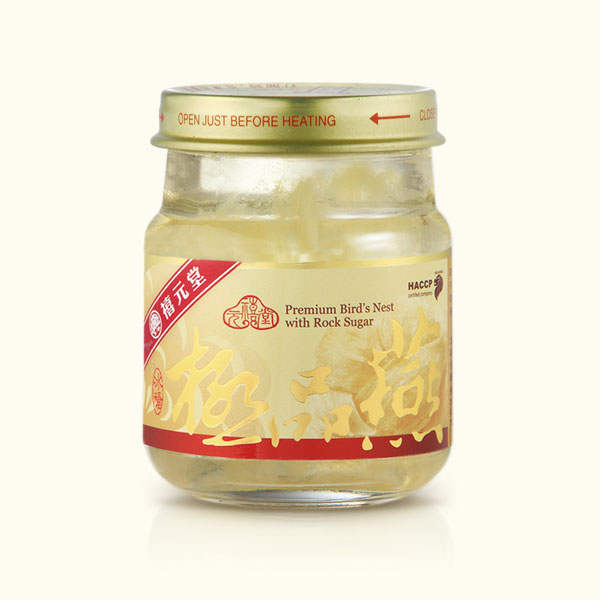About Bird's Nest
|
The place of origin Bird’s nest is mainly produced in Southeast Asian countries, including Indonesia, Thailand, Vietnam, and Malaysia. Being the largest producer, Indonesia is widely-known for its premium quality bird’s nest, especially the one from Semarang, Medan, and Surabaya. |
 |
|
About Bird's Nest The Chinese have been relishing bird’s nest at medical gourmet food for centuries. Easily absorbed by human body, bird’s nest is good for all, young and old, men and women. Rich in protein, carbohydrates, calcium, iron, and other nutrients, bird’s nest is believed to replenish and nourish the internal organs, speed up recovery from illness, boosts overall well being, and rejuvenate the skin.
|
|
More about bird's nest Bird’s nest available in the market includes the natural whole nest, nest pieces, nest threads, or irregular shaped nest. The last three types are the broken pieces being sorted out during the cleaning process. While the prices may vary, their nutritional values are the same. |
 |
|
Identified by its origin, bird’s nest can be categorized as “Cave nest” and “House nest.” House nest is made by swiftlets that nest under the roof of the house while cave nest is harvest in the cave. Since the swiftlet feeds on different food and constructs nests in different location, the colors of bird’s nest also differ, varying from white, yellow, and “bloody red”.
Bird’s nest upon harvest, be it cave nest or house nest, is hard and scattered with feathers, eggshell and other impurities. It is called “raw nest”. Raw nest has to be soaked in clean water and separated from impurities before it hits the shelf.
|
 |
|
Once processed, clean bird’s nest will be air-dried and sorted based on its shapes. Generally speaking, bird’s nest still contains 20% of water to ensure the fragile nest remains intact during packaging and to allow consumers to procure at a reasonable price. Some consumers, however, still prefer dried nest.
|

